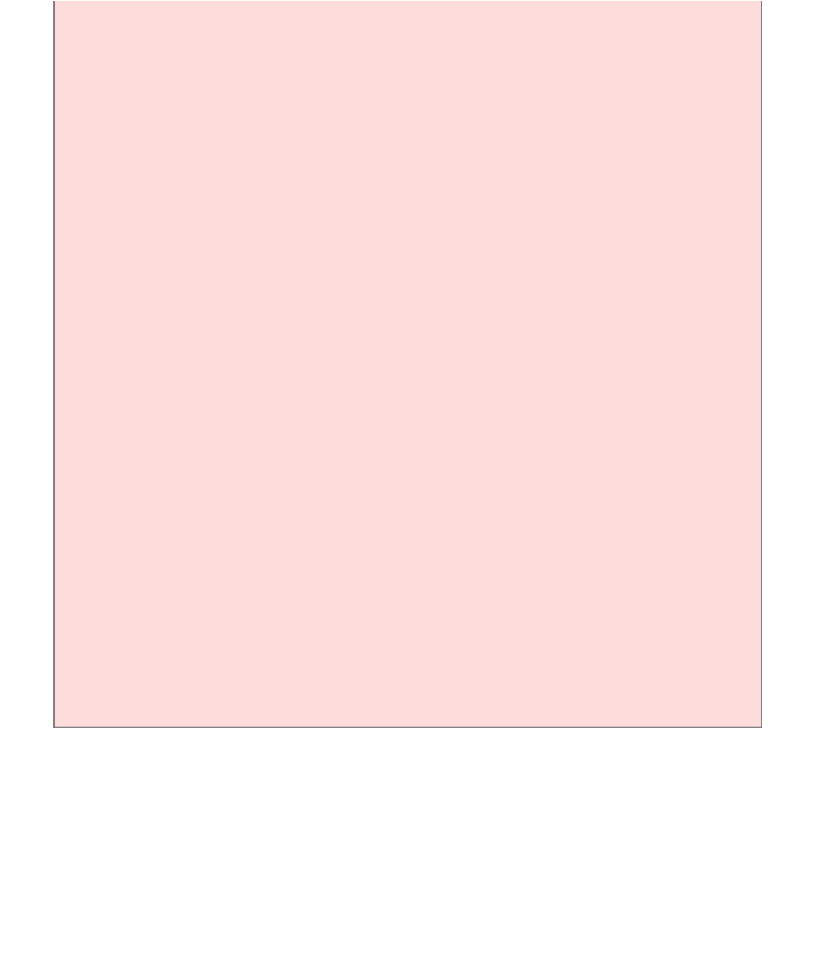Java Reference
In-Depth Information
statement
statement
. . .
}
catch (ExceptionClass exceptionObject)
{
statement
statement
. . .
}
. . .
Example:
try
{
System.out.println("How old are you?");
int age = in.nextInt();
System.out.println("Next year, you'll be " +
(age + 1));
}
catch (InputMismatchException exception)
{
exception.printStackTrace();
}
Purpose:
To execute one or more statements that may generate exceptions. If an exception
occurs and it matches one of the
catch
clauses, execute the first one that
matches. If no exception occurs, or an exception is thrown that doesn't match any
catch
clause, then skip the
catch
clauses.
509
510
If any of these exceptions is actually thrown, then the rest of the instructions in the
try
block are skipped. Here is what happens for the various exception types:
ȗ
If a
FileNotFoundException
is thrown, then the
catch
clause for the
IOException
is executed. (Recall that
FileNotFoundException
is a
subclass of
IOException
.)
ȗ
If a
NumberFormatException
occurs, then the second
catch
clause is
executed.



